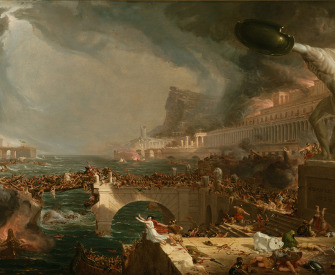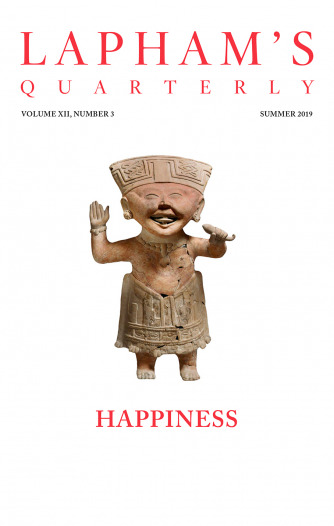I challenge any man to produce in the joints and pivots of the most complicated or the most flexible machine that was ever contrived a construction more artificial, or more evidently artificial, than that which is seen in the vertebrae of the human neck.
Two things were to be done: the head was to have the power of bending forward and backward, as in the act of nodding, stooping, looking upward or downward, and at the same time of turning itself around upon the body to a certain extent, the quadrant, we will say, or rather perhaps 120 degrees of a circle. For these two purposes, two distinct contrivances are employed: first, the head rests immediately upon the uppermost of the vertebrae and is united to it by a hinge joint, upon which joint the head plays freely forward and backward, as far either way as is necessary, or as the ligaments allow, which was the first thing required. But then the rotatory motion is unprovided for: therefore, secondly, to make the head capable of this, a further mechanism is introduced, not between the head and the uppermost bone of the neck, where the hinge is, but between that bone and the bone next underneath it. It is a mechanism resembling a tenon and mortise. This second, or uppermost bone but one, has what anatomists call a process, viz., a projection somewhat similar in size and shape to a tooth; which tooth, entering a corresponding hole or socket in the bone above it forms a pivot or axle, upon which that upper bone, together with the head which it supports, turns freely in a circle, and as far in the circle as the attached muscles permit the head to turn. Thus are both motions perfect without interfering with each other. When we nod the head, we use the hinge joint, which lies between the head and the first bone of the neck. When we turn the head around, we use the tenon and mortise, which runs between the first bone of the neck and the second. We see the same contrivance and the same principle employed in the frame or mounting of a telescope. It is occasionally requisite that the object end of the instrument be moved up and down, as well as horizontally or equatorially. For the vertical motion, there is a hinge, upon which the telescope plays; for the horizontal or equatorial motion, an axis upon which the telescope and the hinge turn around together. And this is exactly the mechanism which is applied to the motion of the head; nor will anyone here doubt of the existence of counsel and design, except it be by that debility of mind which can trust to its own reasonings in nothing.
From Natural Theology. After graduating first in his class from the University of Cambridge in 1763, Paley was ordained and spent the remainder of his career teaching at Christ’s College and rising through the ranks of the Anglican Church. Natural Theology, his final work, is an attempt to prove the existence of God through observation of the natural world. The book begins with the famous analogy of God as a watchmaker. “It is not necessary that a machine be perfect,” he writes, “in order to show with what design it was made.”
Back to Issue


